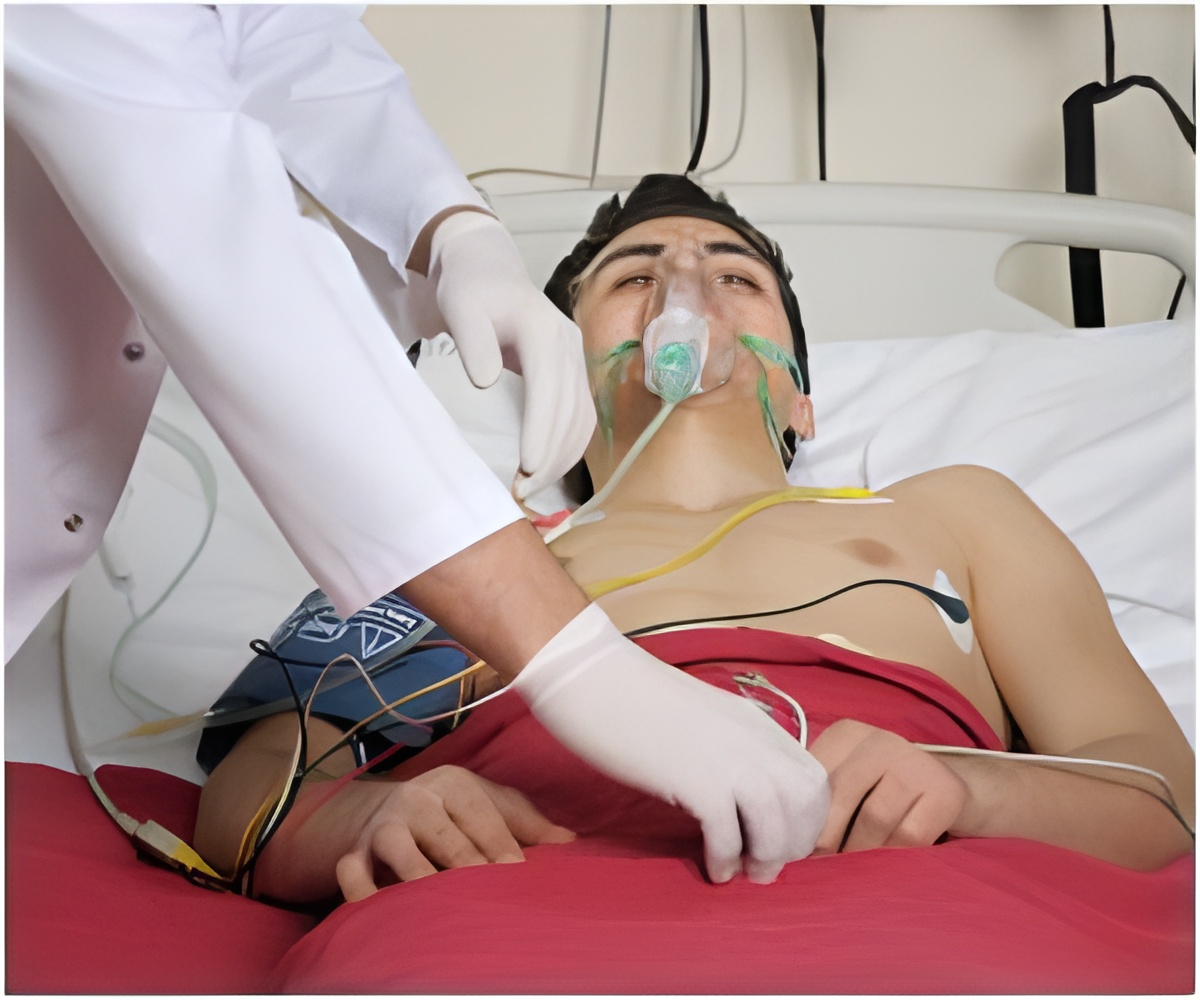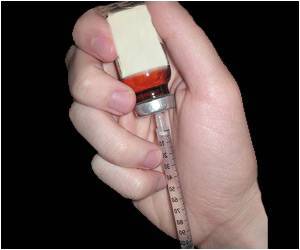Prescriptions opioids, including methadone, caused 67.8 percent of nationwide emergency department visits in 2010, with the highest proportion opioid overdoses occurring in the South.

"Opioid overdose takes a significant toll on the health care system in the United States, both in terms of finances and resources," says Traci Green, Ph.D., M.Sc., an epidemiologist at the Department of Emergency Medicine at Rhode Island Hospital and a senior researcher on the study. "To date, there have been minimal studies and related national data about opioid overdoses in emergency departments."
According to the Centers for Disease Control and Prevention, deaths from drug overdose have been rising steadily over the past two decades. Every day in the U.S., 114 people die due to drug overdose. Opioid overdose, which includes medications such as osycodone, hydrocodone and methadone, is the leading cause of accidental death for adults in the U.S.
Green, who is also affiliated with the Rhode Island Hospital Injury Prevention Center and The Center for Prisoner Health and Human Rights at The Miriam Hospital, and Josiah Rich, M.D., MPH, director of The Center for Prisoner Health and Human Rights at The Miriam Hospital, are credited with spearheading a Rhode Island "collaborative practice agreement" allowing anyone to walk into a Rhode Island Walgreens or CVS and obtain naloxone (also known as Narcan) and training on how to use it. The Miriam also recently joined with Rhode Island and Newport hospitals to launch a program to help combat the opioid overdose epidemic, including emergency department-based overdose prevention and response education and distribution of intra-nasal naloxone rescue kits to overdose patients and their families.
Led by Michael Yokell, Sc.B., of the Stanford University School of Medicine and formerly a researcher at The Miriam Hospital, the opioid overdose research done by Yokell, Green, and their colleagues found that the number of ED visits resulting in death was highest for overdoses involving multiple opioids. It was lowest for prescription opioids. Overall, the death rate was less than 2 percent for patients who made it to the emergency department, highlighting the need to ensure safe access to emergency medical services (EMS) for overdose victims. One approach to increase EMS utilization for overdose victims is the adoption of Good Samaritan Laws, which allow limited legal protection for drug-related charges when an overdose victim or witness calls 911 during an overdose. One such law, The Good Samaritan Overdose Prevention Act, became law in Rhode Island in 2012.
"Our research indicated that there are high rates of several comorbidities among patients who overdosed," Green says. "This suggests that opioid analgesic prescriptions for patients with comorbidities should be handled with care, and health care providers should counsel all their patients about overdose risks".
Advertisement
The study was an analysis of the 2010 Nationwide Emergency Department Sample. Emergency department visits were tabulated by opioid type, ED aggregated charges and health care utilization data, and inpatient care of ED opioid overdose patients. Emergency department, demographic and clinical patient characteristics were evaluated, as were outcomes for prescription and non-prescription drug overdose events.
"Because most of the patients we studied overdosed on prescription opioids," Yokell concludes, "it's of critical importance that further efforts be made to stem the prescription overdose epidemic."
Source-Eurekalert










